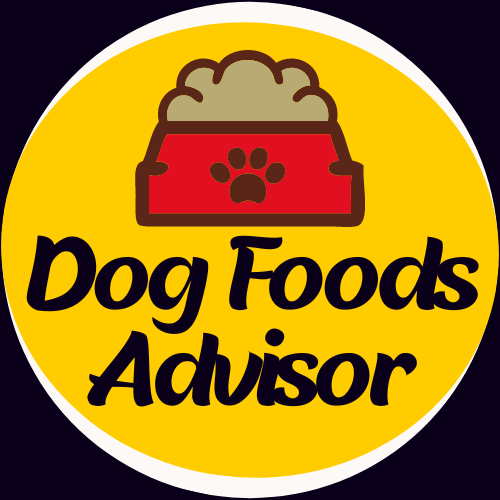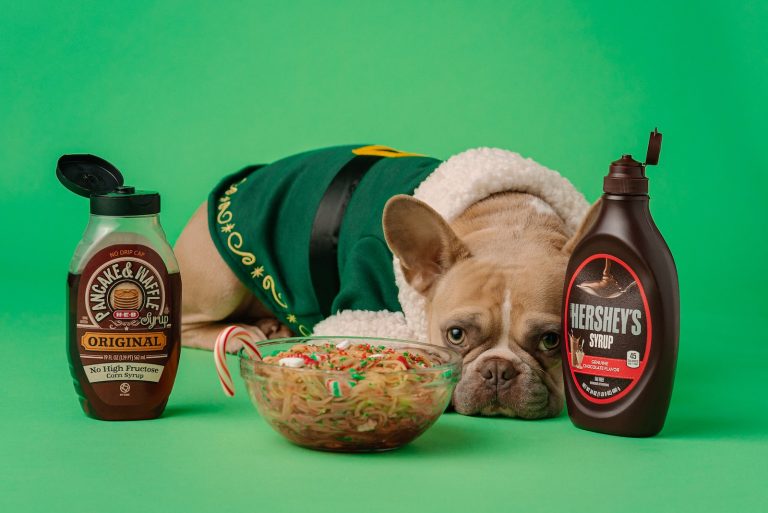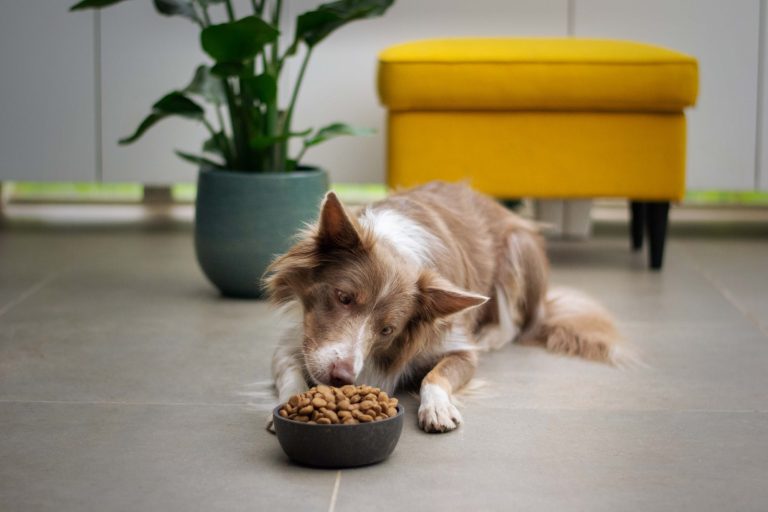The difference between grain-free and gluten-free dog food
Calling all dog lovers! Have you ever found yourself staring at the endless options of dog food in the store, wondering what the difference is between grain-free and gluten-free? You’re not alone. With so many buzzwords flying around, it can be tough to know which type of food is best for your furry friend’s health.
So, let’s break down the differences between grain and gluten and explore which diet may be right for your pup. Get ready to become a savvy pet parent in just a few minutes!
Table of Contents
- What is grain-free dog food?
- What is gluten-free dog food?
- Benefits of grain-free dog food
- Benefits of gluten-free dog food
- Grain-free and gluten-free dog food comparisons
What is grain-free dog food?
What is grain-free dog food? Grain-free diets are designed to exclude grains such as corn, wheat, and barley. These diets can be beneficial for dogs with allergies or autoimmune diseases because they contain no grains. Grain-free diets are also often higher in protein and lower in carbohydrates, which may be beneficial for weight loss.
Most grain-free dog food brands include duck, chicken, venison, salmon, or lamb as their main sources of meat. Meat is the most important ingredient in a healthy diet for a dog, so selecting a Grain-Free diet that includes meat choices like these is a good choice. Be sure to read the ingredients list on the packaging of any grain free dog food to make sure there are no hidden allergens.
What is gluten-free dog food?
Gluten-free dog food isn’t just for people with gluten sensitivities. Some breeds of dogs are either naturally gluten-free or susceptible to gluten damage if they eat wheat.
The term “grain-free” is sometimes used to describe pet food that doesn’t contain wheat, rye, barley, or crossbred derivatives of these grains. There’s no standardized definition of what makes a food “grain-free.”
However, common features include the absence of corn, soybean, rice, and other cereals as well as legumes like peas and beans. The big four meat sources for grain-free diets are grassfed beef, lamb, chicken, and turkey.
A diet free of grains can be high in protein and low in carbohydrates. To make up for the lack of those middle-of-the-road carb sources, many grain-free dog foods also include sweet potatoes or other starchy vegetables as filler items. Many manufacturers also add vitamins and minerals like calcium and vitamin D3 to their products specifically for canine consumption.
Benefits of grain-free dog food
Whichever route you choose to go grain-free, it is important to consider the benefits of this diet for your pooch. Grain-free diets are high in protein and low in carbohydrates. This combination can help keep your dog healthy and energetic, while helping reduce their risk of many common diseases.
Grain-free diets can also be beneficial for dogs with allergies or sensitivities to grains. Allergies caused by gluten can lead to a wide variety of health problems in dogs, including skin conditions, autoimmune disorders, and gastrointestinal issues. A grain-free diet is a good way to test whether your dog has an allergy to grains and may need a separate food plan if they do.
Another benefit of grain-free diets is that they typically contain fewer calories than standard dog foods. This can help reduce your dog’s weight and help them maintain a healthy body weight. Studies have also shown that grain-free diets can support cardiac health in dogs by reducing the number of carbohydrates that their bodies convert into harmful fats.
Benefits of gluten-free dog food
Gluten-free dog food is becoming more popular every day as people realize the many benefits it has for their four-legged friends. The main benefit of gluten-free food is that it eliminates the risk of gluten sensitivity in your pet.
Gluten is a common protein found in many types of grains, such as wheat, rye, and barley. Pets with gluten sensitivity can experience a wide range of symptoms including bloating, gas, skin problems, and digestive issues.
Gluten-free diets are often recommended for individuals with gluten intolerance because the protein found in gluten can cause severe problems when ingested by those with a sensitivity to it.
However, not all gluten-free foods are created equal and not all gluten-free diets are suitable for dogs. It’s important to choose a high quality gluten-free diet specifically formulated for dogs that excludes all grains. Many brands of grain free dog food available today meet this specific needs.
Aside from eliminating the potential for health problems due to gluten ingestion, a gluten-free diet also provides numerous other benefits for your pup. Gluten is one of the main ingredients in many commercial dog foods that contains additives and chemicals that can be harmful to your pet’s health.
By eliminating this ingredient from their diet, you’re providing them with a healthier option that will help keep them stronger and healthier throughout their lifetime. Additionally, most experts believe that feeding pets a vegan or vegetarian diet is optimal for their overall health because they contain no animal-based ingredients.
While not all gluten-free foods are vegan or vegetarian, choosing a food that excludes grains and includes fruits, vegetables, and other healthy nutrients is the best way to go for your dog’s health.
Grain-free and gluten-free dog food comparisons
There is a lot of confusion and debate when it comes to grain free and gluten free diets for dogs. So, to help clear things up, we’ve put together a grain-free and gluten-free dog food comparison chart!…
Grain-Free Dog Food typically contains no grains whatsoever. This includes both whole grains (like oats or brown rice) as well as products made from flourless sources like almond, hemp, and soy. Many grain free breeds thrive on this type of diet as theirsystems are not used to processing grains.
Grain Based Dog Food will usually contain small amounts of grains (around 10% – 20%), however these can also be high quality options like flaxseed or chia seeds which are known for their health benefits for both humans and dogs.
These ingredients are broken down by the dog’s system quickly and without issues. In addition, most grain based diets also include access to Healthy Meat Content which is great for picking up essential vitamins and minerals your dog needs.
Conclusion
In this article, we will discuss the difference between grain-free and gluten-free dog food. Grain-free diets are designed to help dogs with allergies or autoimmune diseases, while gluten-free diets are meant for those with celiac disease or other autoimmune disorders.
We will also discuss the pros and cons of each type of diet, as well as which foods are best suited for each particular purpose. Finally, we will recommend a grain-free and gluten-free dog food that is perfect for your pup!





